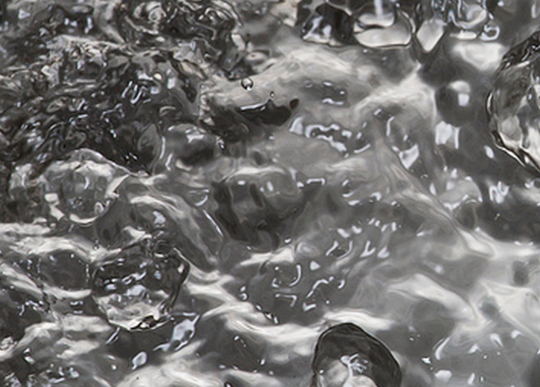



Because of its simplicity and efficiency, solar hot water heating is one of the worlds oldest solar technologies. The Romans were so protective of their rights to heat water with the sun that access to the sun's rays was protected by law (neighbors could not shade your property). Today, solar hot water heating is the most common use of solar technology worldwide.
Solar water heating systems have evolved over time, but still remain relatively simple. All systems include two essential components: a storage tank and a solar collector. Solar hot water tanks are super-insulated and can be used in conjunction with existing water heater tanks whose gas or electric heaters can be leveraged as backup to the solar heated water. Solar collectors vary in sophistication from arrays of simple black tubing (for pool heating) to sealed high performance (glazed) units. Solar heating system types (active and passive) vary based on the climate in which they will be used and the amount and purpose of the hot water to be generated. They can operate with or without pumps depending on their design.
For warmer climates, direct circulation systems heat household water directly and use pumps to circulate the water through the collector on the roof and into the storage tanks.
In climates where temperatures can dip below freezing, a non-freezing liquid (similar to antifreeze used in your car) is pumped through the solar collector and heat is transfered to the potable water via a heat exchanger. Heat exchangers vary in design but generally consist of a copper coil through which the anti-freeze liquid is circulated, transferring the heat to the water. Obviously, the anti-freeze is contained within the it's own loop and never mixes with the potable water.
Passive solar water heating systems do not require pumps. They rely on a simple concept known as "thermosiphon" which moves the water via convection (heated liquid becomes less dense and wants to rise). Thermosiphon systems require the water tank to be located above the collectors. Because of the simplicity of these systems they are usually less expensive and require less maintenance. If located on a rooftop, special care must be taken to account for the added weight of the water tank.
Solar Hot Water Storage Tanks
The core of any solar hot water system is a super-insulated storage tank. Solar systems can be combined with conventional water heating systems (water tanks with electric or gas powered heaters as backup). Typical systems can use either one or two tanks. Two tank systems allow the solar heater to preheat water that is then added to the conventional water tank.
Solar collectors harvest the heat energy of the sun to either heat water directly or to heat an anti-freeze type liquid. Residential systems make use of three different types of collectors - flat-plate, Integral(ICS) or evacuated-tube.
Flat-plate collectors (glazed) are sealed glass or plastic covered units that house an absorber plate (colored black to absorb the suns heat). Unglazed flat-plate collectors are simple in design, not sealed and employ a long length of black tubing coiled in a fashion to maximize the area exposed to the sun but in the smallest area possible. These collectors are typically used for solar pool heating and their size dictates that they use a larger amount of roof space.
Integral solar hot water systems (also known as batch or ICS systems) have their collector and tank combined into a single unit. The simple design of the integral passive system allows it to operate without pumps or external controls.
Evacuated tube collectors contain rows of specially constructed glass tubes. Inside each tube is an additional tube containing a metal fin, coated in black, which absorbs the suns heat. Many commercial solar hot water systems use evacuated tube collectors.
Solar water heating systems are usually combined with conventional water heating systems (electric or gas) to provide back-up on cloudy days or to provide additional water at night if required. Solar hot water installers are well equipped to ask the right questions to determine the proper type and size of system to meet the hot water demands of both residential and commercial customers.
Solar hot water systems are also a natural fit with solar PV (solar electric), geothermal (heat pump) and wind turbine systems.
877-331-1235 | © Copyright DASolar.com.